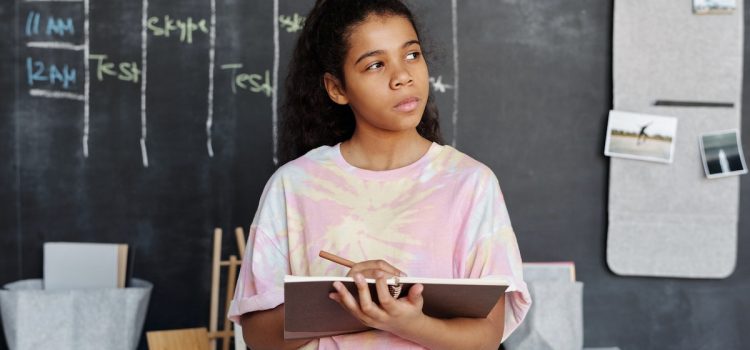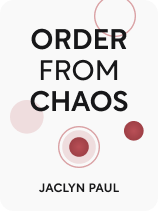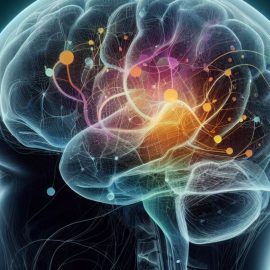

This article is an excerpt from the Shortform book guide to "Order From Chaos" by Jaclyn Paul. Shortform has the world's best summaries and analyses of books you should be reading.
Like this article? Sign up for a free trial here.
What are the three different types of learning styles? How does understanding your learning style help you stay organized?
There are three types of learning styles: auditory, visual, and tactile. According to Order From Chaos by Jaclyn Paul, your learning style determines how well your organizational system operates.
Keep reading to learn more about how your learning style affects you, especially if you have ADHD.
How Do You Learn?
According to Paul, understanding your learning style will help you on your journey to better organization. Getting organized is a process of teaching yourself new habits, so it’s important to understand the best way to accommodate your learning needs. Paul describes three different types of learning styles: auditory, visual, and tactile.
- Auditory learners learn best from hearing information. They may read out loud rather than silently, and they often benefit from discussing information with others in order to better comprehend it.
- Visual learners learn best by seeing. They benefit from pictures and graphics, and they’re good at visualizing, so they’re especially engaged by imagery in stories. Visual learners are particularly prone to the pitfall of “out of sight, out of mind,” which means that once something is no longer in their sight, they forget about it.
- Tactile learners learn best by doing. They benefit from activities like building and drawing, and they may be particularly expressive with their hands and bodies. They may struggle to sit still and focus for long periods without something physical to do.
Your learning style will affect what organizational system works best for you, explains Paul. If you’re a visual learner, you may respond well to a system that incorporates color and sequence (like file folders with the tabs arranged sequentially) to help you keep track of different things. If you’re an auditory learner, you may do your best organizing with a podcast or music playing in the background. If you’re a tactile learner, you’ll need to pause from your organizing now and then to move your body around. You likely have a combination of preferred learning styles, with one or two being dominant. You can use online quizzes to identify your learning styles and then tailor your organizational system to suit your learning style.
| The Reading/Writing Learning Style and Learning Disabilities Some experts identify other learning styles besides those Paul listed. Specifically, many sources include “reading/writing” as a separate learning style. These learners do best when they’re able to read information or write it down. Some view this learning style as simply a sub-type of the visual style, but some people who learn well through reading and writing don’t learn well from other visual stimuli like graphs and images. These distinctions become particularly relevant in discussions of ADHD because as many as 60% of ADHDers also have a learning disability, and some of these disabilities directly impair one or more of the learning styles Paul describes, as well as the reading/writing style. A common learning disability that manifests alongside ADHD is dyslexia, which impairs reading ability. An ADHDer with dyslexia might be a visual learner who does not learn well from reading and writing, suggesting that these should be considered separate learning styles. Other common learning disabilities that can co-occur with ADHD include dyspraxia, which affects motor control and may make it harder to learn tactilely. Auditory processing disorder could impair the ability to learn from hearing information, and a visual processing disorder could interfere with visual learning. If you’re an ADHDer who also has a learning disability, you should take that into account when designing your organizational system. Other ways for visual learners to tap into their learning style could be to create charts that help them keep track of their files or other visual aids like chore wheels. For auditory learners, talking out loud to others or themselves about your organization could help, while tactile learners may benefit from a variety of textures in materials (such as card stock, construction paper, or fabric) that correspond to different parts of their system. Reading/writing learners may do particularly well with lists. |

———End of Preview———
Like what you just read? Read the rest of the world's best book summary and analysis of Jaclyn Paul's "Order From Chaos" at Shortform.
Here's what you'll find in our full Order From Chaos summary:
- What ADHD is and how it affects cognitive functioning
- How those with ADHD can gain control over their lives and find peace
- How to implement an organization system that works with your needs






